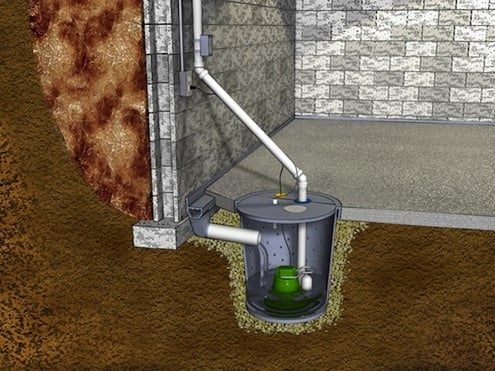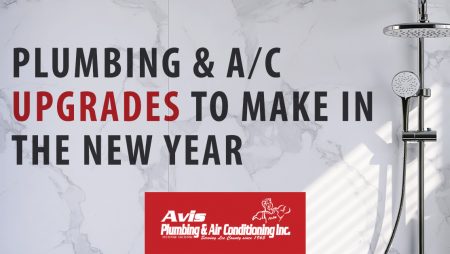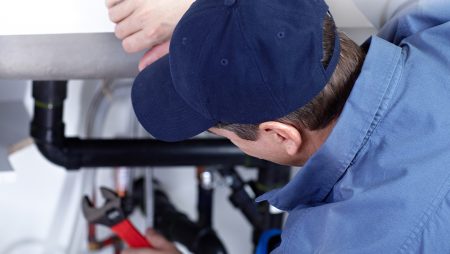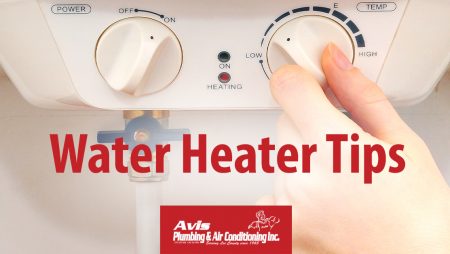Sometimes problems with a customer’s sump pump will be mentioned when, in fact, it’s their lift station that is the issue. A common misconception is that these two things are the same because, after all, they both move fluids against gravity and away from the property. While they both do, in fact, move fluids it is important to note that it is not always the same type of fluid nor is it moved in the same way or for the same reason.
Sump Pits and Sump Pumps
Sump pits are typically only for moving ground water out of a low lying area like a crawlspace or a basement. Technically they are a mini-lift station, but they serve a specific purpose. If you live in Florida, and it rains for a couple of days, your yard is probably under water. Luckily, the water does soak down through the sand fairly quickly, but in some areas, the water floods so high it threatens your home. In those cases where the water does not drain away after it stops raining, you may need a sump pump to help protect your home.
In fact, more than half of all homes in the United States have moisture infiltrating into the basement or crawl space from the soil beneath the house. The problem may be limited to simply perpetual dampness that spawns the growth of unhealthy mold or mildew. Or, under the right conditions, it can evolve into a catastrophic flood scenario that inflicts thousands of dollars in property damage. The deciding factor is the water table — a source of underground water naturally occurring at some depth. The water table may be a hundred feet below the surface or as little as six inches. Many low-lying areas in Florida have ground water very close to the surface. When the foundation of a home intrudes into the water table in the soil below, the upward movement of migrating water exerts a continuous force known as hydrostatic pressure on the underside of a concrete basement floor.
The threat of water damage from a high water table may be continuous or deceptively transient, depending on the soil type and underground geology. The exact depth of the water table is often a moving target, rising and falling in response to conditions such as rainfall. A water table that normally lurks safely deep underground may surge to the surface and inundate a basement after an unusually heavy deluge of rain. For that reason, being prepared with a sump pump permanently installed in your basement or crawl space is the best insurance against major property damage.
They can be placed in a small pail, a 5 gallon bucket, or in a full fledged pit designed especially for this purpose. This is where people, quite often, begin to get confused.
This what a typical sump system could look like:

You can see that it is perforated on the sides to allow ground water in, and has a single pipe to eject the water out.
Sump pumps are nothing more then a pump that sucks water in the bottom and shoots it out the top. You will also notice that only one pipe comes out of the top and that the pipe has a check valve in it to keep the water in the pipe from rushing backwards down the pipe and back into the pit.
Why does it matter if it comes back into the pit? This backflow can cause the sump to cycle excessively if the water going up your stand pipe constantly comes back down into your pit after the sump’s floating switch has dropped and told your pump that the pit is empty. These pumps are not cheap to replace, so cycling them on and off and running them unnecessarily excessively can wind up costing a lot of money — and then there’s the added headache of DIY work. Going the “cheap” route and forgoing hiring a plumber and result in unprofessional installation. Before you know it, there’s 80 feet of mismatched pipe, all graded back toward the pit — and 80 feet of anything can hold a lot of water.
Now obviously you cant see the sides of the tank if you are shopping for residential or commercial real estate and are looking at prospective properties, and it doesn’t help that sump pits and lift stations look so much alike from the top. This is why it’s important to know the difference.
Lift Stations
Now a lift station, even though it looks a lot like a sump pit, is a whole different piece of machinery. Notice in the pic that there are two pipes coming out of this one:

There is also a ball valve with a union. That union is actually a check valve that also acts as a union for ease of replacement, so that you don’t wind up covered in fluid (or worse) when you’re taking the pump out.
These lift stations are for sewage, and the purpose of a small residential or commercial lift station is for a building (house, office, or retail location) that has the main sewer line coming in higher then the lowest fixtures.
These pumps look a lot like a sump, but are bigger and more heavy duty. They also can have a grinder inside of it, much like a garbage disposal.
One of the top pipes is to eject the waste from the pit to the main sewer line, wherever that may be, and the other pipe acts as a vent for the pit which can vent back either into the sewer vents or can vent outside directly. Typically they follow the same building code rules as any other plumbing vent. It is important to remember that sump pits are supposed to eject water away from the house, but never back into the sewer. Code does not allow for ground water or storm water to come back into a sanitary drainage system.
As you can see, sewage lift stations can be a lot more complicated than a simple sump pump setup. Attempting to repair your lift station as a DIY project will probably result in adding it to you list of “wont touch that again!”
It can be very confusing if you tell your plumber you have sump problems when it’s actually a lift station ejector pump. Knowing the difference between the two can save you a lot of time and money. If you have any questions about your sump pump, lift station, or how to identify either, don’t hesitate to contact the professional Cape Coral, FL plumbers at Avis at (239) 481-1511.






No Comment
You can post first response comment.